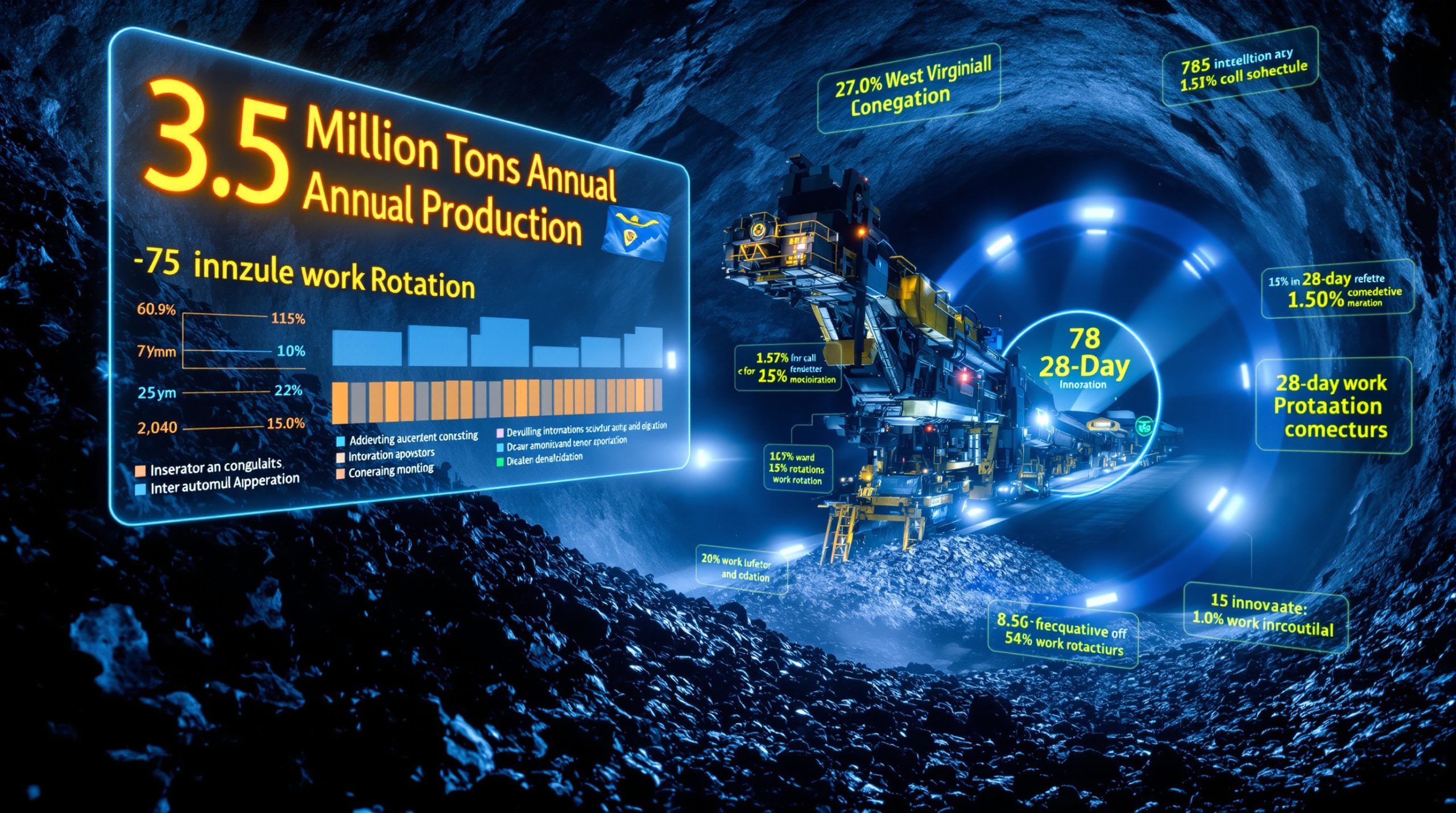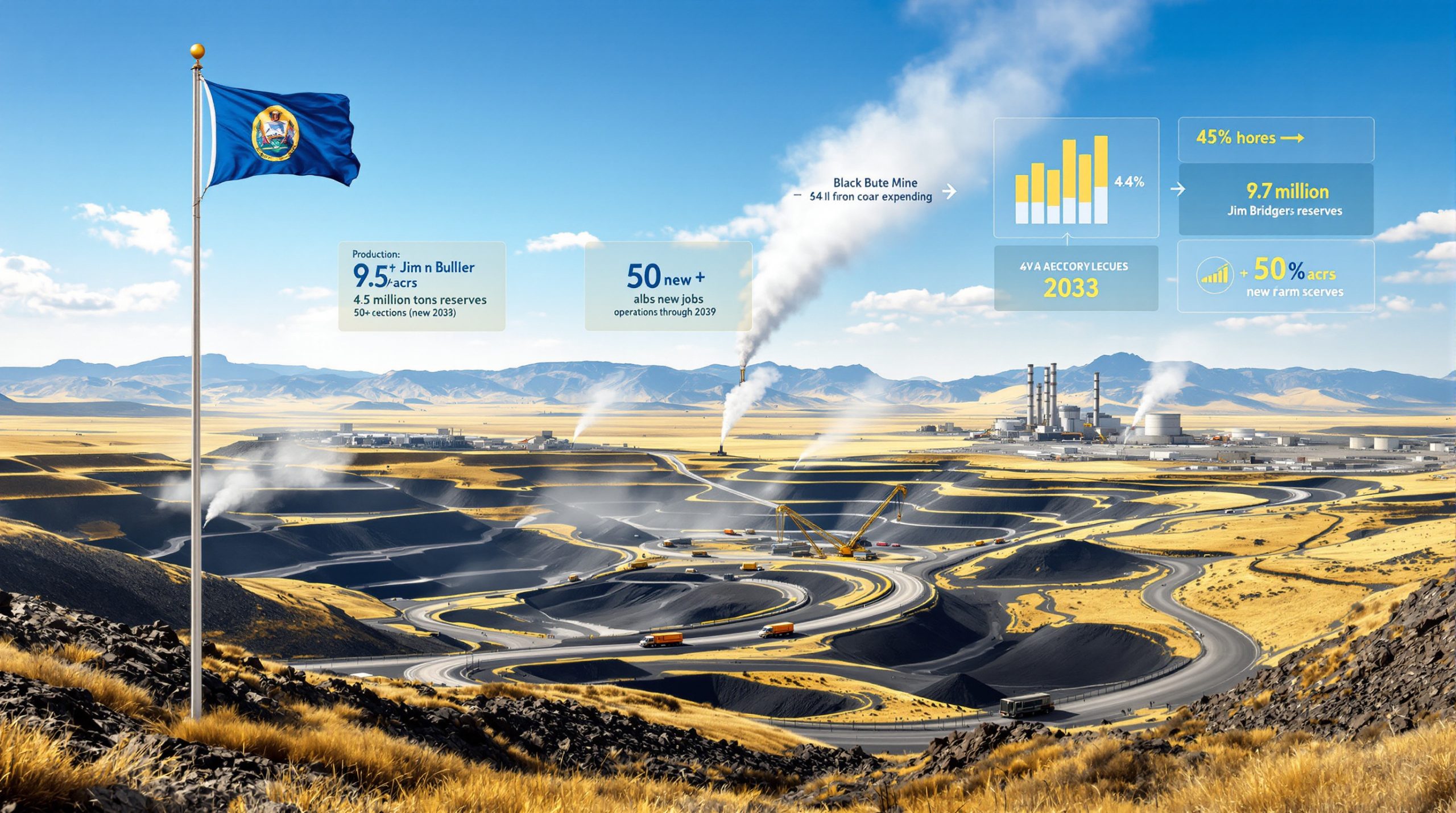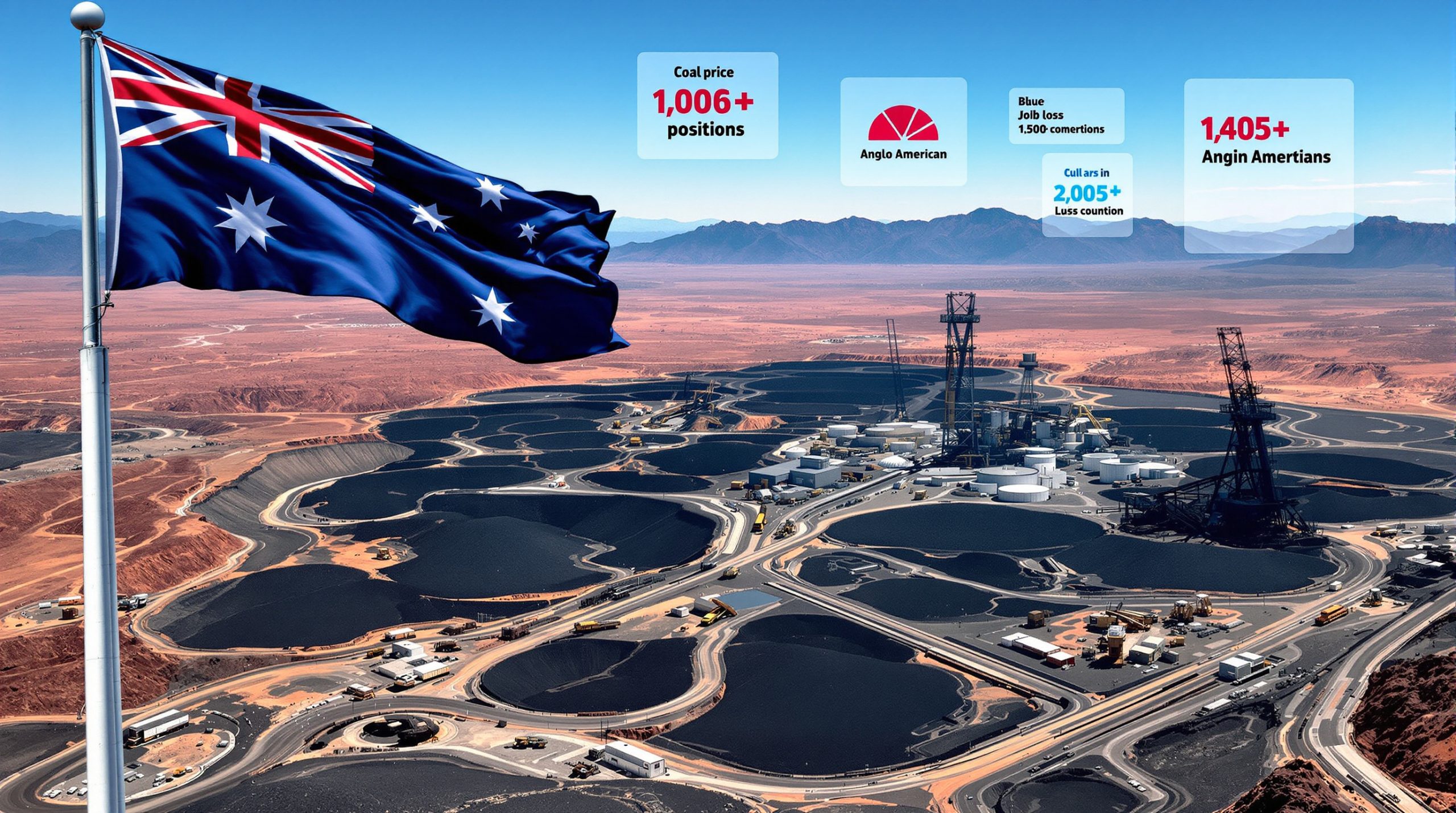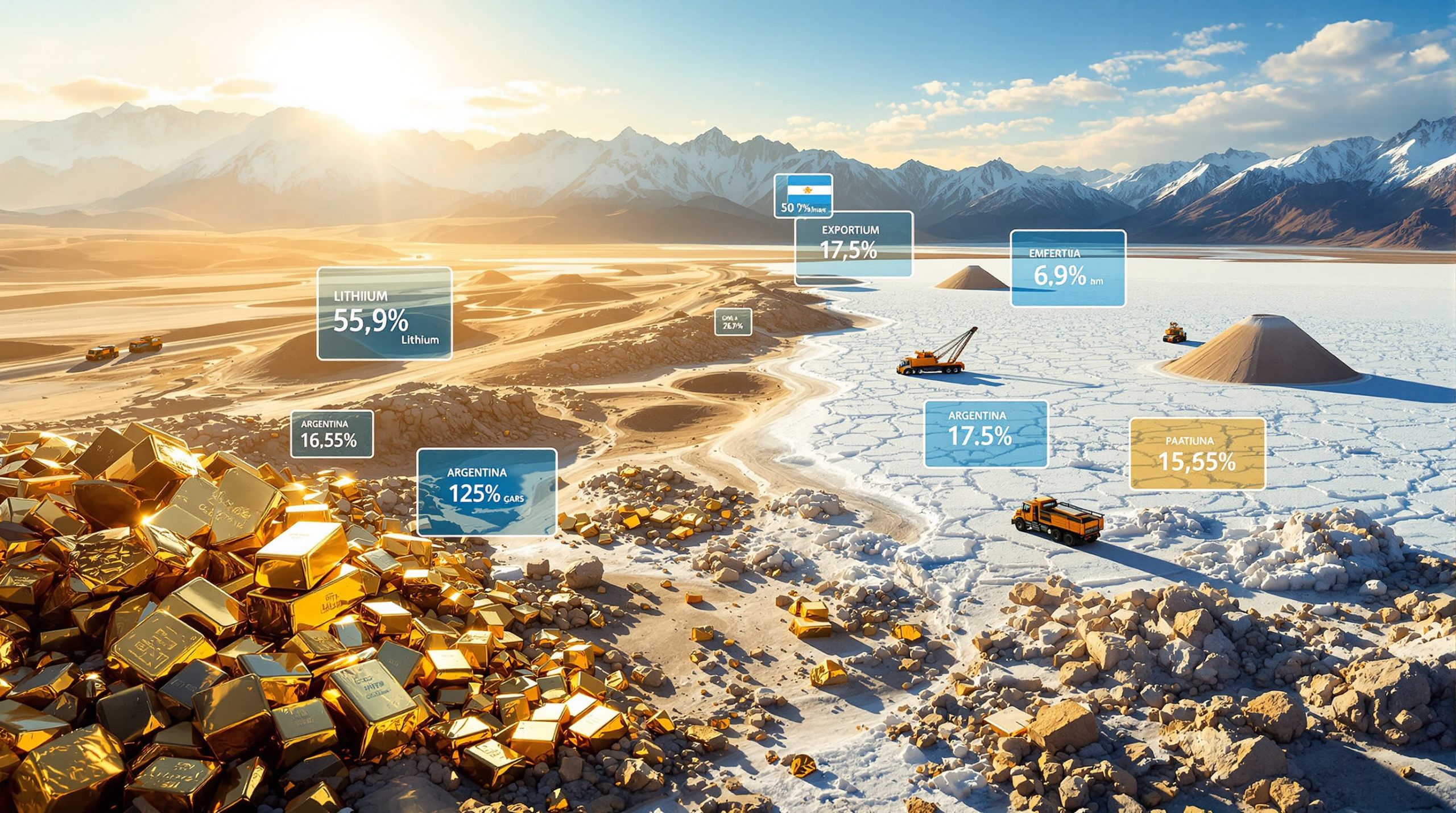The Critical Role of Junior Exploration Companies in Securing NSW's Mining Future
New South Wales (NSW) faces a pivotal juncture in sustaining its mining industry, with junior exploration companies emerging as indispensable actors in discovering new mineral resources. Over the 2005–2014 period, NSW accounted for 6.6% of Australia's non-bulk mineral exploration expenditures while delivering 12% of the nation's discoveries, reflecting a 60% lower cost per discovery compared to the national average. Despite this efficiency, NSW's discoveries average just 40% of the national value per deposit, underscoring systemic challenges in balancing risk and reward. With 15 major non-bulk mines facing potential closure within 5–13 years due to depleted reserves, the urgency for new discoveries is acute. Junior explorers, responsible for 70% of exploration work and 80% of discoveries in NSW, are uniquely positioned to address this crisis through their agility, innovation, and risk tolerance. However, financial constraints—half of NSW's junior firms hold less than A$0.53 million in reserves, limiting exploration capacity to seven months—threaten this critical pipeline. This report examines the economic, strategic, and policy dimensions of junior explorers' role in safeguarding NSW's mining future.
The Economic Impact of Junior Explorers on NSW Mining
NSW's Exploration Performance in Context
NSW's mineral exploration sector demonstrates remarkable efficiency, achieving a cost per discovery of A$55.6 million, 60% below the national average of A$139 million. This efficiency stems from a 30% reduction in drilling meters (375 km vs. 570 km nationally) per discovery, enabling targeted resource allocation. However, the state's discoveries generated an average value of US$39.6 million per deposit, just 40% of the national average of US$99 million. This disparity highlights a reliance on brownfield exploration, which prioritizes low-risk, incremental discoveries near existing mines but yields smaller deposits. Consequently, NSW's "bang-per-buck" ratio—value created per exploration dollar—stands at 70% of the national benchmark, signaling missed opportunities in high-potential greenfield regions.
Value Creation Challenges
The overemphasis on brownfield exploration has institutionalized a low-risk/low-reward paradigm, mirroring global trends where majors deprioritize greenfield ventures. While brownfield projects offer shorter development timelines, their limited scale fails to offset production declines from aging mines. For instance, NSW's 15 major non-bulk mines, contributing substantially to state revenue and employment, face reserve depletion within 5–13 years at current extraction rates. With a 10–15 year lag between discovery and production, immediate investment in greenfield exploration is imperative to avoid a mid-2030s production cliff. Junior explorers, unencumbered by institutional risk aversion, are critical to reversing this trend.
How Junior Explorers Drive Discovery in NSW
Junior Explorer Contribution Statistics
Junior firms dominate NSW's exploration landscape, conducting 70% of exploration activities and accounting for 80% of discoveries—exceeding the national average of 67%. As of 2015, 51 junior companies operated in NSW, leveraging localized expertise and innovative methodologies. Their success derives from hyper-specialization: unlike majors burdened by production overheads, juniors focus exclusively on exploration, enabling rapid decision-making and niche targeting. For example, juniors pioneered the use of hyperspectral imaging in NSW's Lachlan Fold Belt, identifying obscured mineralization patterns missed by conventional surveys.
Financial Challenges Facing Junior Explorers
Despite their outsized impact, juniors operate under severe financial constraints. Half of NSW's juniors hold cash reserves below A$0.53 million, sufficient for just seven months of exploration—far short of the 1–2 years typical in stable markets. This liquidity crisis stems from equity market volatility and investor preference for lower-risk sectors. Yet, juniors exhibit remarkable resilience, with many surviving 10–20+ years through strategic investment benefits and phased exploration programs. For instance, Alkane Resources' partnership with Newcrest Mining in the Tomingley Gold Project extended its exploration runway while mitigating risk through shared capital raising methods.
Risks to NSW's Mining Industry Without Junior Explorers
Looming Production Decline
NSW's mining sector faces an existential threat: 50% of major non-bulk mines could cease operations by 2025–2030 without new discoveries. The Cadia Valley operations, contributing 10% of Australia's gold output, exemplify this risk, with reserves projected to deplete by 2032. Junior-led discoveries, such as Regis Resources' McPhillamys Gold Project, which added 2.1 million ounces to NSW's reserves, underscore their role in replenishing pipeline projects.
The Urgency of New Discoveries
Greenfield exploration, accounting for 30% of NSW's exploration spend, must double to meet future demand. Juniors' ability to explore undercovered regions—such as the New England Orogen, where Emmerson Resources identified copper-gold porphyries—is vital to unlocking Tier-1 deposits. Delaying investment risks irreversible declines: modelling indicates a 40% drop in NSW's metallurgical coal output by 2040 absent new discoveries.
The Unique Value Proposition of Junior Explorers
Comparative Advantages Over Majors
Juniors' lean structures enable cost efficiencies, with drilling programs averaging A$150/meter versus majors' A$250/meter. Their risk tolerance permits testing unconventional theories, as seen in Kingston Resources' re-evaluation of historic datasets at the Mineral Hill mine, revealing overlooked polymetallic zones. Additionally, juniors' local stakeholder engagement fosters social license, reducing project delays—a critical factor given 30% of NSW exploration permits face community opposition.
Innovation and Technological Leadership
Juniors drive 60% of NSW's exploration innovation, adopting AI-driven innovation and drone-mounted magnetometers. Impact Minerals' use of portable XRF analyzers in the Broken Hill region reduced assay turnaround from weeks to hours, accelerating target generation. Such advancements underscore juniors' role as technology incubators, with methodologies later adopted by majors.
Policy Interventions to Support Junior Explorers
Critical Support Mechanisms
Government initiatives must prioritize:
-
Tenement Access: Streamlining overlapping land-use regulations, which currently delay 25% of exploration permits by 18+ months.
-
Pre-Competitive Data: Expanding the NSW Geoscience Atlas with high-resolution aeromagnetic surveys, proven to reduce target generation costs by 40%.
-
Fiscal Incentives: Introducing a 150% tax deduction for greenfield exploration, mirroring Canada's Flow-Through Share scheme, which boosted exploration spend by 30%.
Collaborative Frameworks
Public-private partnerships, such as the NSW Exploration Hub, co-funded by government and juniors, could pool geophysical data and drilling results, mitigating duplication. South Australia's Accelerated Discovery Initiative, which increased discovery rates by 22%, offers a replicable model.
Economic Value Proposition of Junior Explorers
Return on Investment Analysis
The importance of junior exploration companies to the NSW mining industry is clearly demonstrated in their economic efficiency. With exploration costs 60% below the national average, juniors deliver substantially higher return on investment for stakeholders. Each dollar invested in junior exploration generates approximately A$2.30 in direct economic activity through drilling contractors, assay laboratories, and geological consultants.
Junior explorers create significant employment opportunities throughout the exploration cycle. A typical mid-sized exploration program employs 15-20 professionals directly and supports an additional 30-40 jobs indirectly through service providers. In regional NSW communities like Orange, Cobar, and Broken Hill, these positions offer above-average wages and attract skilled professionals to rural areas.
The tax revenue potential from successful discoveries is substantial. A medium-sized gold mine discovered by a junior explorer can generate A$15-20 million annually in state royalties and corporate taxes over its operational life.
Long-term Economic Benefits
Junior explorers contribute to NSW's economic sustainability by maintaining a pipeline of new mining projects. Each successful mine development creates 200-500 permanent jobs and injects A$50-200 million annually into regional economies.
The supply chain benefits extend throughout NSW, with over 3,200 businesses providing goods and services to the mining sector. Junior explorers are particularly likely to engage local suppliers, with 70% of their expenditure typically remaining within regional communities.
Technology and skills development fostered by junior explorers frequently transfer to other sectors. Innovations in data analytics, remote sensing, and environmental monitoring pioneered by exploration companies have applications in agriculture, water management, and renewable energy development.
How Junior Explorers Contribute to Resource Sustainability
Resource Replenishment Strategy
Junior explorers play a crucial role in maintaining NSW's mineral inventory. Without their contribution, the state would face a critical minerals strategy deficit within a decade. Their targeted exploration activities help identify deposits of critical minerals essential for renewable energy technologies and advanced manufacturing.
The importance of junior exploration companies to the NSW mining industry is particularly evident in their approach to underexplored terrains. By venturing into areas with challenging access or complex geology, juniors expand the potential resource base beyond traditional mining districts.
Junior explorers typically apply diverse exploration methodologies, increasing the probability of discoveries in overlooked geological settings. Their willingness to test new conceptual models has led to several paradigm-shifting discoveries in NSW's mineral provinces.
Environmental and Social Considerations
Modern junior explorers increasingly integrate ESG (Environmental, Social, and Governance) principles into their operations. Many employ low-impact exploration techniques such as passive seismic surveys and drone-based mapping to minimize environmental disturbance.
Community engagement begins during early exploration phases, with juniors often establishing relationships with local stakeholders years before potential development. This proactive approach builds social license and reduces conflicts during later development stages.
Junior explorers are increasingly focused on discovering minerals essential for the clean energy transition. Their exploration efforts target copper, nickel, cobalt, and rare earth elements—critical inputs for electric vehicles, renewable energy infrastructure, and battery storage systems.
FAQ: Junior Exploration Companies in NSW
What defines a junior exploration company?
Junior exploration companies are typically publicly listed entities with market capitalizations under A$500 million, focused primarily on mineral exploration rather than production. They generally have limited or no revenue streams, relying on capital markets for funding their exploration activities. In NSW, the average junior has a market capitalization of approximately A$30 million and employs 5-15 permanent staff supplemented by contractors.
Why are junior explorers more successful at making discoveries?
Junior explorers achieve higher discovery rates due to several factors:
-
Specialized Focus: Unlike diversified mining companies, juniors concentrate exclusively on exploration, developing deep expertise in specific geological terrains or mineral systems.
-
Risk Tolerance: With no existing mining assets to protect, juniors can pursue high-risk/high-reward targets that major companies might avoid.
-
Innovative Approaches: Financial constraints drive juniors to develop cost-effective exploration methods and test unconventional geological theories.
-
Agility in Decision-Making: Smaller organizational structures allow juniors to quickly redirect resources toward promising targets without navigating complex corporate approval processes.
How do junior explorers secure funding for high-risk exploration?
Junior explorers employ multiple financing strategies:
-
Equity Raises: Public offerings on the ASX, where investors purchase shares speculating on exploration success.
-
Joint Ventures: Partnerships with larger mining companies who fund exploration in exchange for ownership stakes in discoveries.
-
Farm-In Agreements: Arrangements where junior explorers earn interests in tenements by funding and conducting exploration work.
-
Government Incentives: Programs like the NSW New Frontiers Cooperative Drilling Program, which co-funds innovative drilling projects.
-
Royalty Financing: Selling future production royalties to specialized mining finance companies in exchange for immediate capital.
What happens when a junior explorer makes a significant discovery?
After a significant discovery, junior explorers typically follow one of several paths:
-
Development Pathway: Some juniors transition into producers by developing smaller, manageable deposits independently.
-
Strategic Partnership: Many form joint ventures with major mining companies who provide capital and technical expertise for development.
-
Acquisition: Frequently, juniors are acquired by larger mining companies once they've delineated a substantial resource, providing returns to early investors.
-
Project Sale: Some juniors sell their discoveries outright, using proceeds to fund exploration of other prospects in their portfolio.
The importance of junior exploration companies to the NSW mining industry extends beyond individual projects to maintaining the entire mineral development pipeline.
The Future Outlook for NSW Mining
Projected Discovery Trends
The next decade of mineral exploration in NSW will likely focus on covered terrains where traditional surface exploration techniques have limited effectiveness. Junior explorers are leading the development of advanced geophysical methods capable of detecting mineralization under 300+ meters of cover.
Declining discovery rates globally suggest the need for more innovative approaches to mineral targeting. NSW's junior explorers are increasingly employing machine learning algorithms to identify subtle patterns in geological datasets that may indicate mineralization.
The importance of junior exploration companies to the NSW mining industry will grow as major companies continue to reduce their in-house exploration capabilities and rely more heavily on the junior sector for project generation.
Strategic Imperatives for Industry Sustainability
Maintaining a diverse ecosystem of explorers—from grassroots juniors to advanced developers—is essential for NSW's mining future. Policy frameworks should support the entire spectrum of exploration activities, recognizing the complementary roles of different-sized companies.
The NSW government must balance competing land uses while ensuring sufficient access for mineral exploration. Restricted access to prospective geological terrains represents one of the greatest threats to future discoveries.
Educational institutions and industry must collaborate to address the looming skills shortage in exploration geoscience. With an aging workforce, NSW faces a potential shortfall of 150-200 exploration geologists by 2030.
Technology transfer between research institutions and junior explorers presents a significant opportunity. Collaboration models like the MinEx CRC have demonstrated how junior exploration strategies can accelerate private sector exploration success.
This article examines the importance of junior exploration companies to the NSW mining industry, highlighting their critical role in discovering new mineral resources, driving innovation, and ensuring the long-term sustainability of mining operations in New South Wales.
Ready to Capitalise on the Next Major Mineral Discovery?
Discovery Alert's proprietary Discovery IQ model delivers real-time notifications on significant ASX mineral discoveries, helping investors identify opportunities before the broader market – especially in the junior mining sector that's vital to NSW's future. Explore historic returns from major discoveries at Discovery Alert's discoveries page and position yourself ahead of the market.




